Trust is influenced by every aspect of a product and related service. It is built over time based on past actions, but can be lost in a heartbeat. For a fintech company that handles sensitive data, trust and credibility are paramount.
We're lazy, we're damn lazy and we're really busy. We don't make the best choices - we'd rather just muddle through a process. We don't take time to figure things out. We're creatures of habit. Your thing is just not important to me. - Steve Krug. The typical user using an app
This user can do no wrong, yet each shortcoming on the part of the product will be looked down upon heavily. In Interface Design, convenience (aka. usability) is just as vital as transparency, in building trust. An app designed for the laziest user will be seamless and effortless for everyone. In the current product ecosystem, designing for trust is a key differentiator. It is something that we should drive across the whole customer journey and design all of the time.
Trust, however, doesn’t come easy. There are two major challenges to overcome en route to building trust:
1. An Inherent tendency to fear strangers
Imagine that you’ve started a conversation with someone you’ve never met before, and they suddenly ask you something personal. Your brain will do an instant calculation about how much information to tell them and what details to include – essentially minimising your risk of vulnerability. However, if you were asked the same question by a close friend, the calculation would be much simpler; they have earned your trust through past actions, so you feel that there’s a reduced chance of risk.
2. The prevailing atmosphere of low trust
Recently Netflix released The Social Dilemma, a documentary warning about the dark side of social media and its deceptive tactics of data collection. A zeitgeist, in an era that has already seen reports of data integrity and trust violations from the likes of Facebook, Cambridge Analytica, Equifax, Wells Fargo, Uber, and a many other high-profile companies. The atmosphere is one of angst and general mistrust towards businesses handling data.

These factors have made building user trust significantly more challenging, yet even more vital.
With that established, time for the big question this post deals with. How do we build trust in such times?
Here are a few basic ways to lay the foundation of trust with users:
1. Data usage transparency
Let the users know what user data is collected and also what it will be used for in clear and simple terms. If the user wants more information about your data policy, it should be available devoid of equivocation or ambiguity.
2. Security & safety
Be upfront about security features and policies rather than just claiming you have brilliant security. I had a recent experience where I almost uninstalled Walnut (an expense tracking app) when I discovered it could read all my text messages. Later, I was able to find a Quora answer from a Walnut employee clarifying how the app handles this data, reassuring against any duplicity. If this information was readily available, let’s say during the app onboarding, there would be fewer such instances.
3. Who are you?
An online presence that can be easily looked up by the user, should provide a clear context about the organization, product offering, market positioning, tone of the brand, etc. A well-designed company website and updated social media handles are crucial to building credibility. Association with reputed individuals also adds credibility. (Borrow trust to build it)
4. Candid Communication
Communication should be simple and direct. Make things easier for the user, but without sounding patronising - talking to them as if they are stupid. Stay clear of excessive praise or over-enthusiastic encouragement. Information should be correct, complete, and factual.
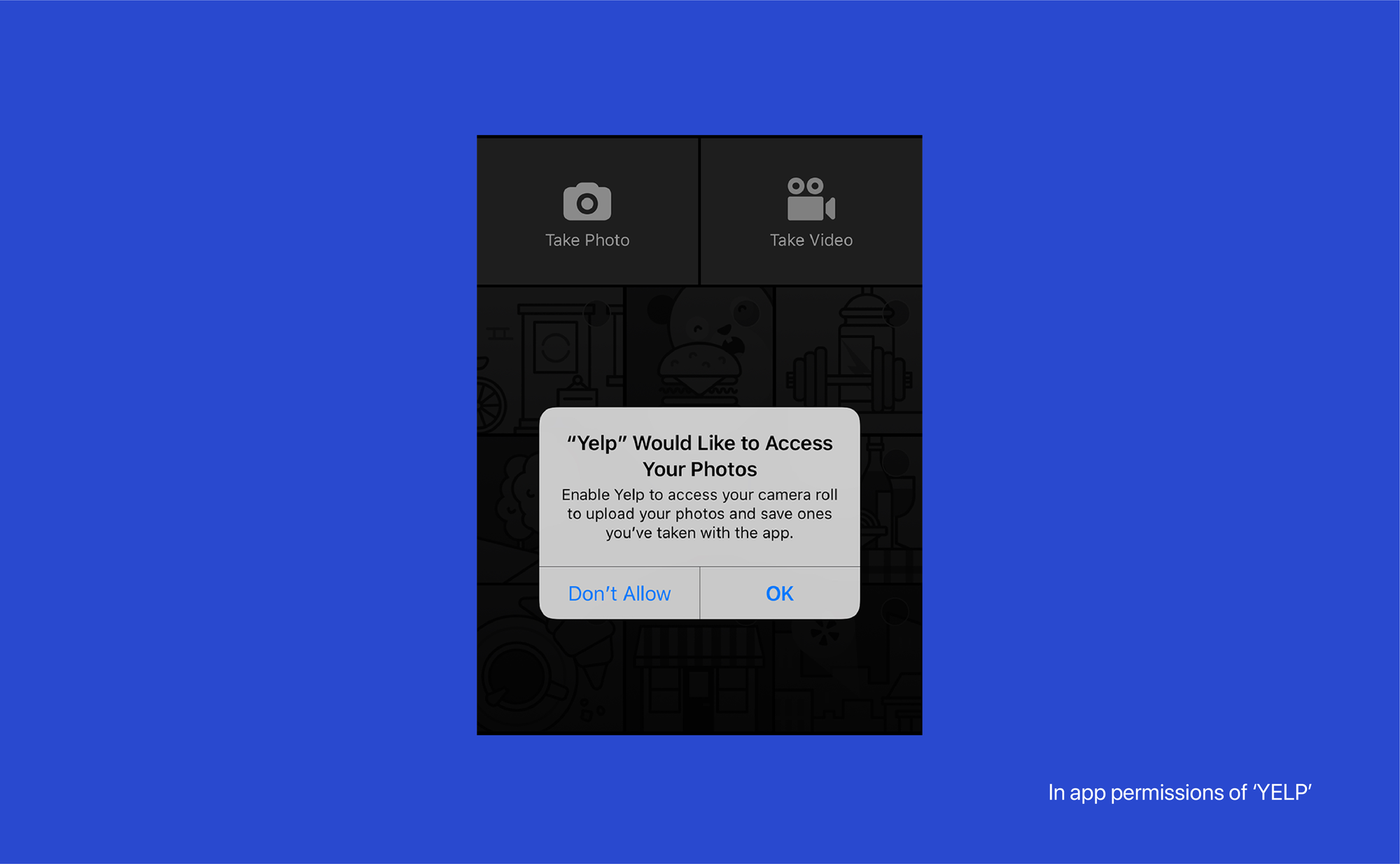
5. Prudently Transparent
Make sure you’re transparent about the right things. You don’t have to flood the user with every detail. Rather, show important information that the user is likely to look for. Anticipate and have the answers ready in the user journey to questions that might arise in the user’s mind before they have to look for them. One way to do this and have a significant impact is by being transparent about In-app permissions.
The UX of your product is another subliminal way to build trust. It’s important to think holistically and design with the full user experience in mind so that trust can be imbued at every step. These steps can help in this regard:
Information hierarchy
Critical information should be emphasised with adequate hierarchy. Declutter anything superfluous so that the user can navigate with ease. A good practice is to give users the big picture before diving into details, but also ensuring that all the key details are readily available.
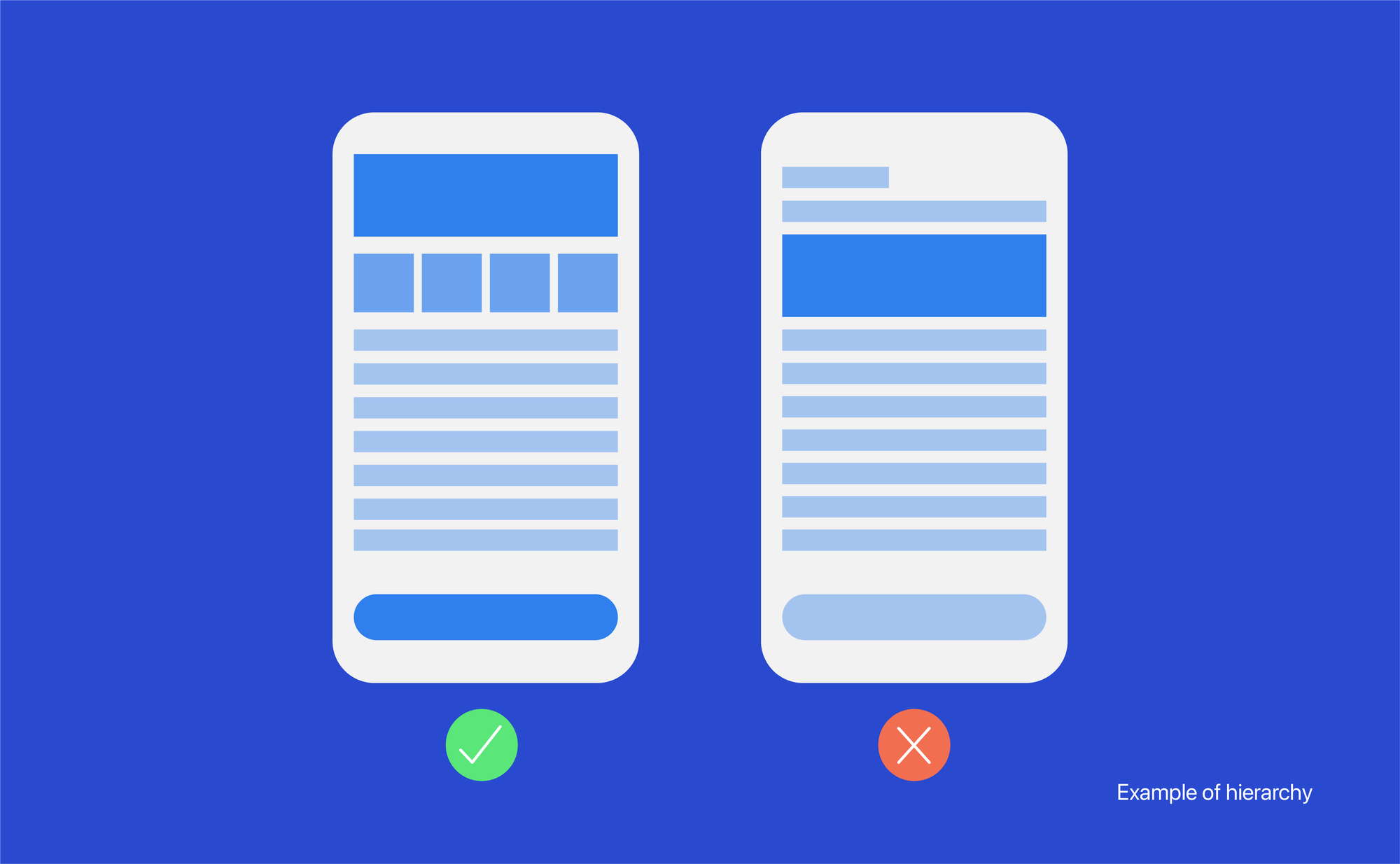
Error turnaround
Reduce, if not eliminate instances of costly errors by providing users with a clear distinction between reversible and irreversible actions, so they can contribute more thought to the latter. Every other action can be effortless.
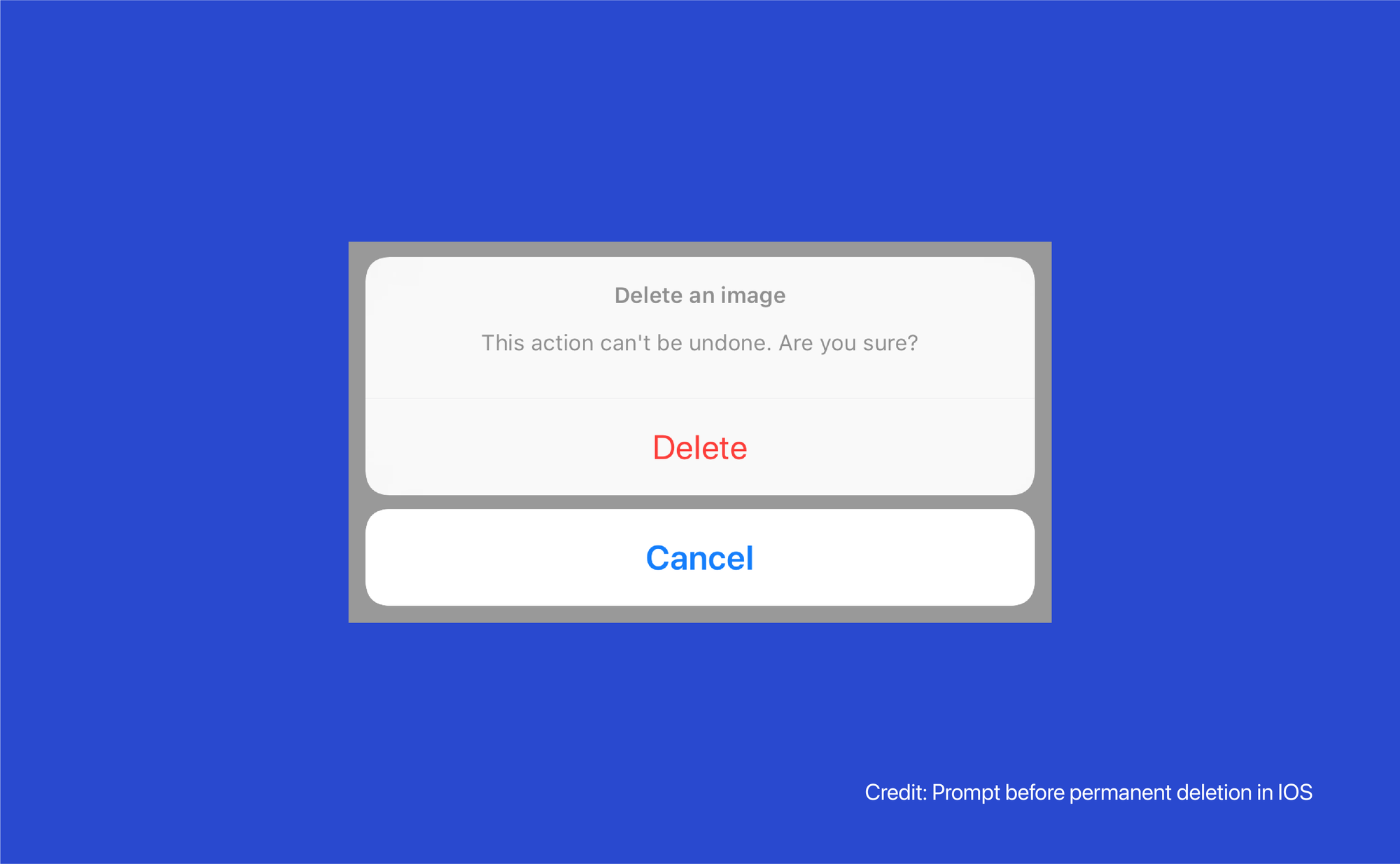
Break down the complexity
Banking-related activities are infamous for being unnecessarily complex. By breaking down the information to its elemental bits and removing the junk, we can show the user exactly what they need to see. Design the interface to be impeccably function and utility-oriented. Cognitive load is a real pain point when users have to make complex decisions based on several variables.
Use skeuomorphism effectively
If interface objects (buttons, cards) mimic their real-world counterparts in how they appear and/or how the user can interact with them — it can make user onboarding easier and ensure they are never lost or confused.
Always be available
At any point in time, if the user has a doubt, they should find help in the app. The user needs to know we are there if needed, but not intruding when they don’t. Uncertainty gives way to mistrust. Eg:- In-app chat in Swiggy 👍

UI design is another often overlooked discipline when it comes to building trust. However, following some basic practices can amplify the trust quotient experienced by a user manyfold.
Unique Identity
Avoid using overused stock and templates. Add a unique twist to the visuals; be distinct. Attention to detail sets apart the professionals from the amateurs.
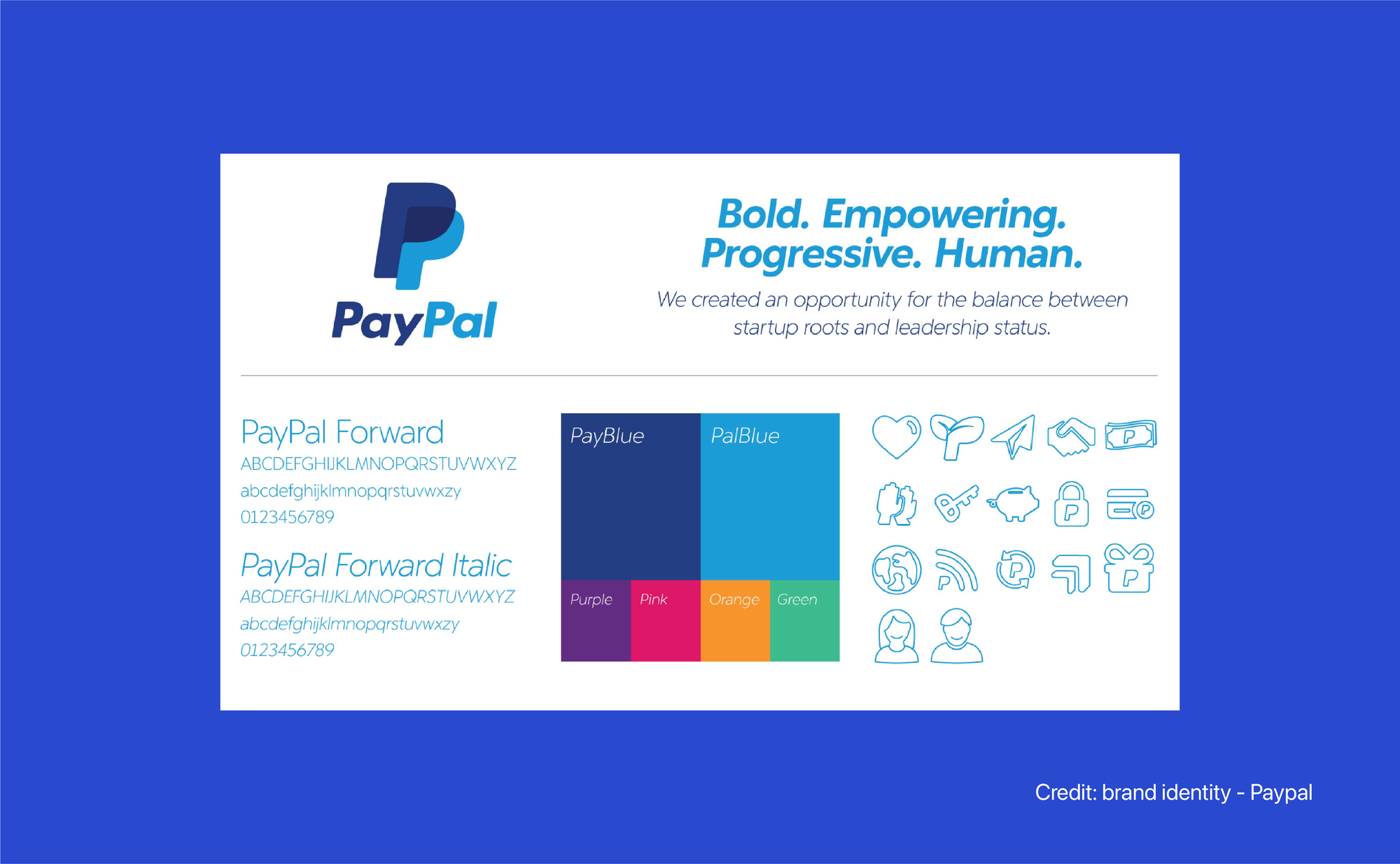
Consistency
From colours to style conventions to typography, standardising the look and feel of your design is crucial to creating trust. These standards will immediately create an impression, and this impression will become an expectation. Deviating will suggest instability or amateurism — none of which screams “trust me with your personal data.”
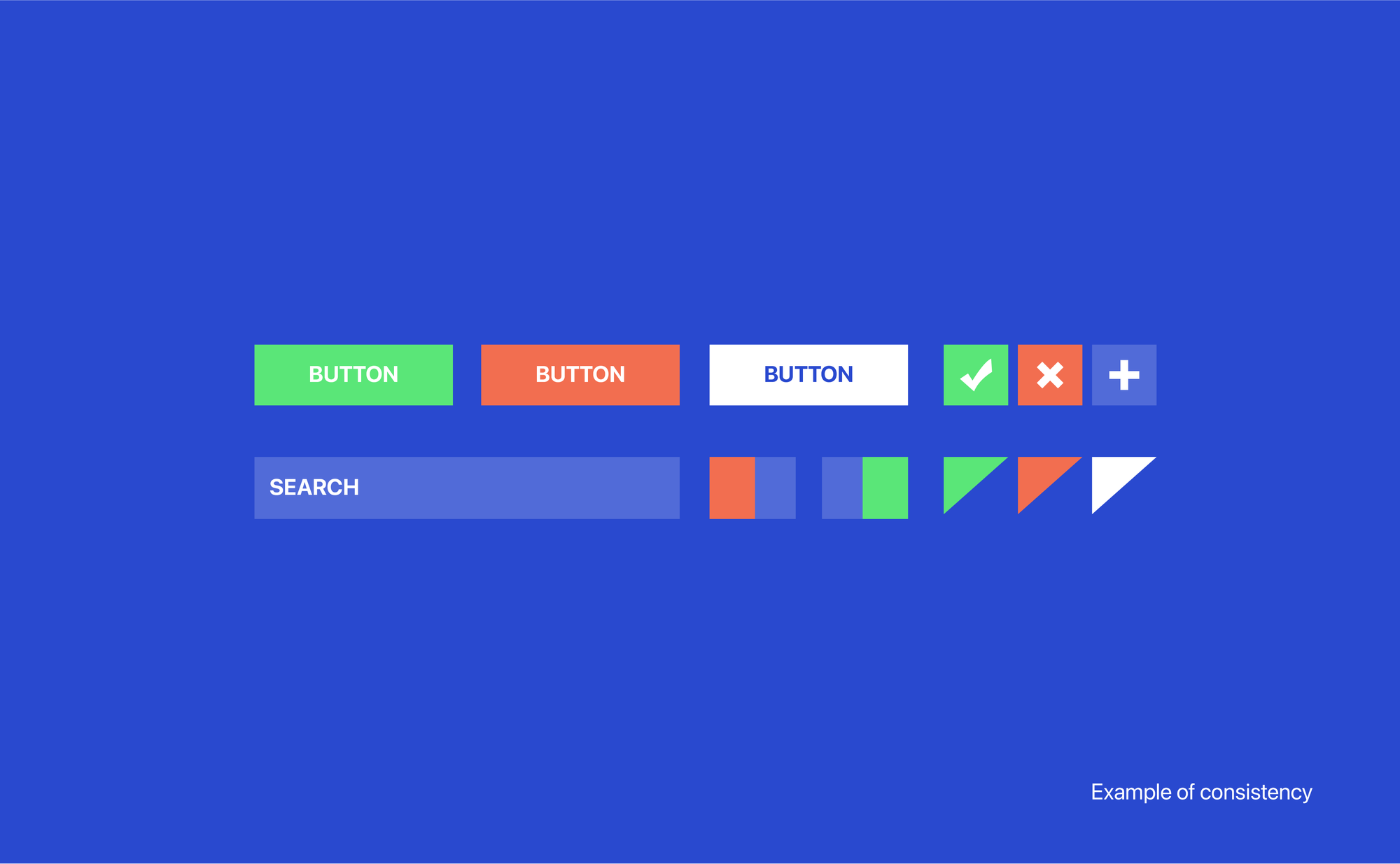
Provide visual direction
Ensure the user always has a sense of direction. Provide clear navigation cues through signifiers (navigation patterns and easily recognisable icons). Don’t leave users guessing. A user needs to trust that your product actually does what it says it’s going to do.
Trust is a multi-faceted thing. It is not built by a single action, elaborate language on a website, or a verbose privacy policy. Trust is ingrained in every interaction a user has with a product. Every part of the user journey helps build a perception of trust.
That does not mean that checking these items off a list and forgetting about them earns lasting trust either. It is a constant work in progress, that slowly but surely cascades into brand loyalty and user retention. The scandalous reports of data integrity violations over the past few years have made users more cautious of products that handle their data. In the long run, winners and losers are differentiated by a strong ethic and trust imbued design.
